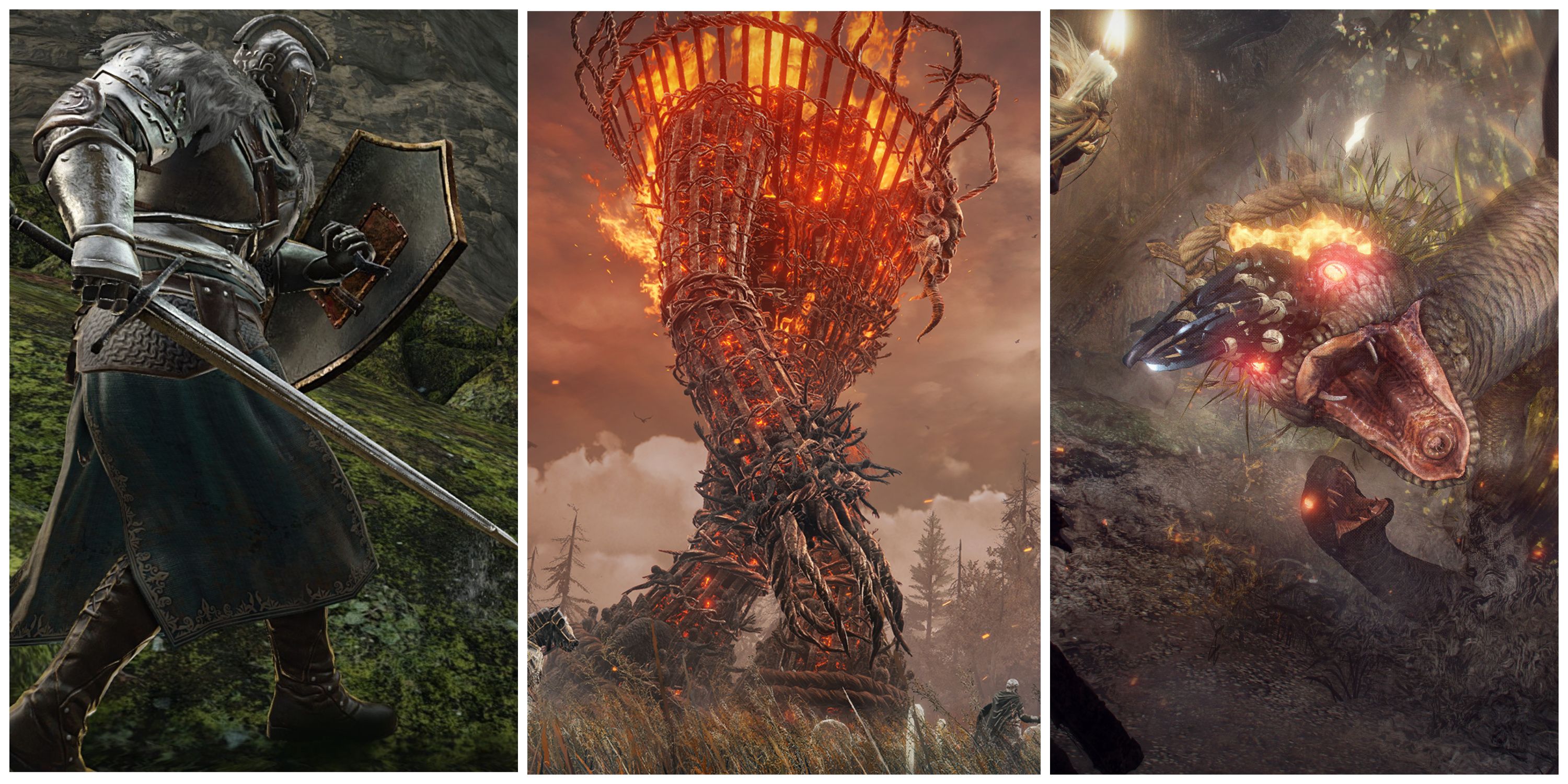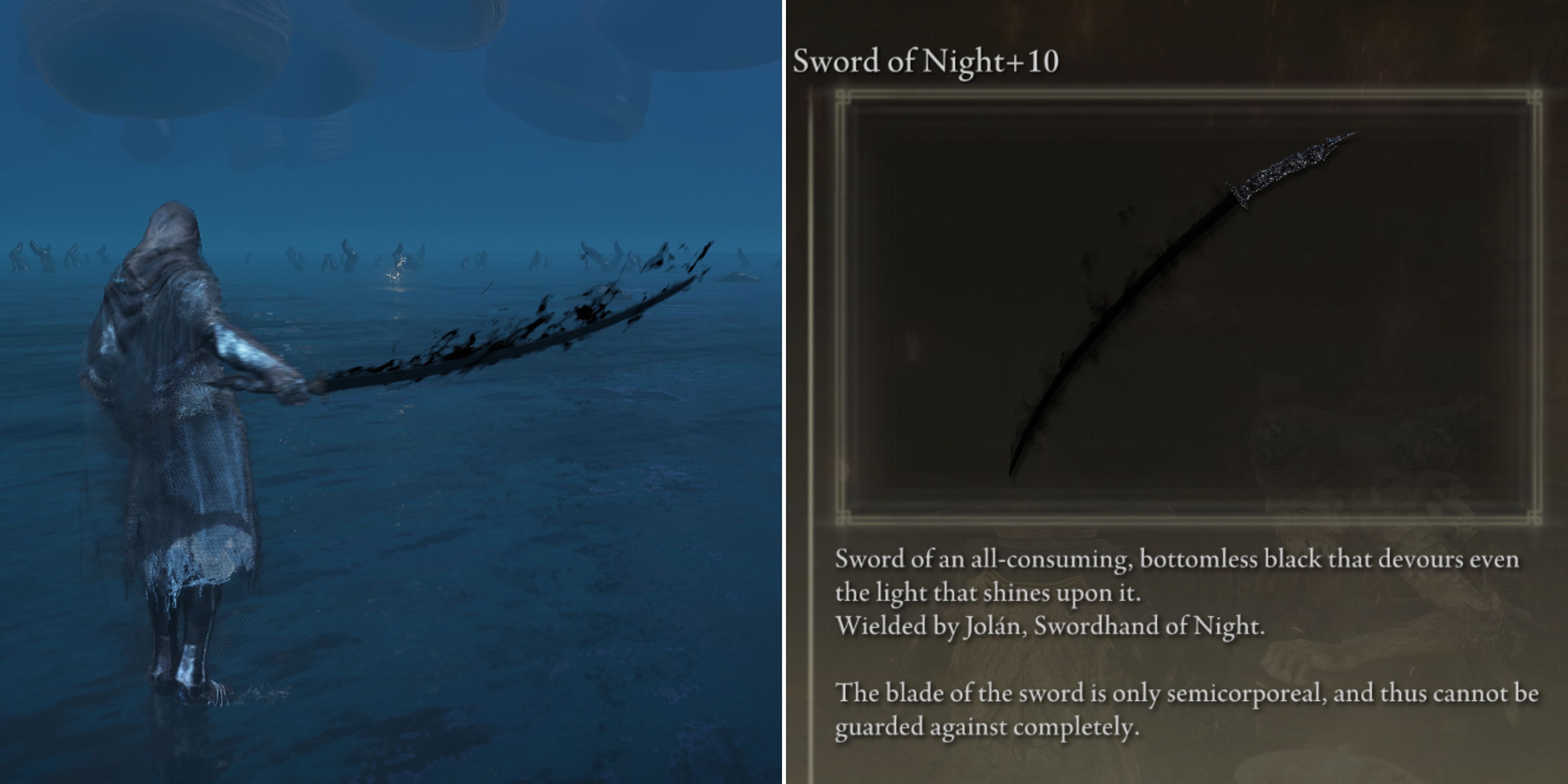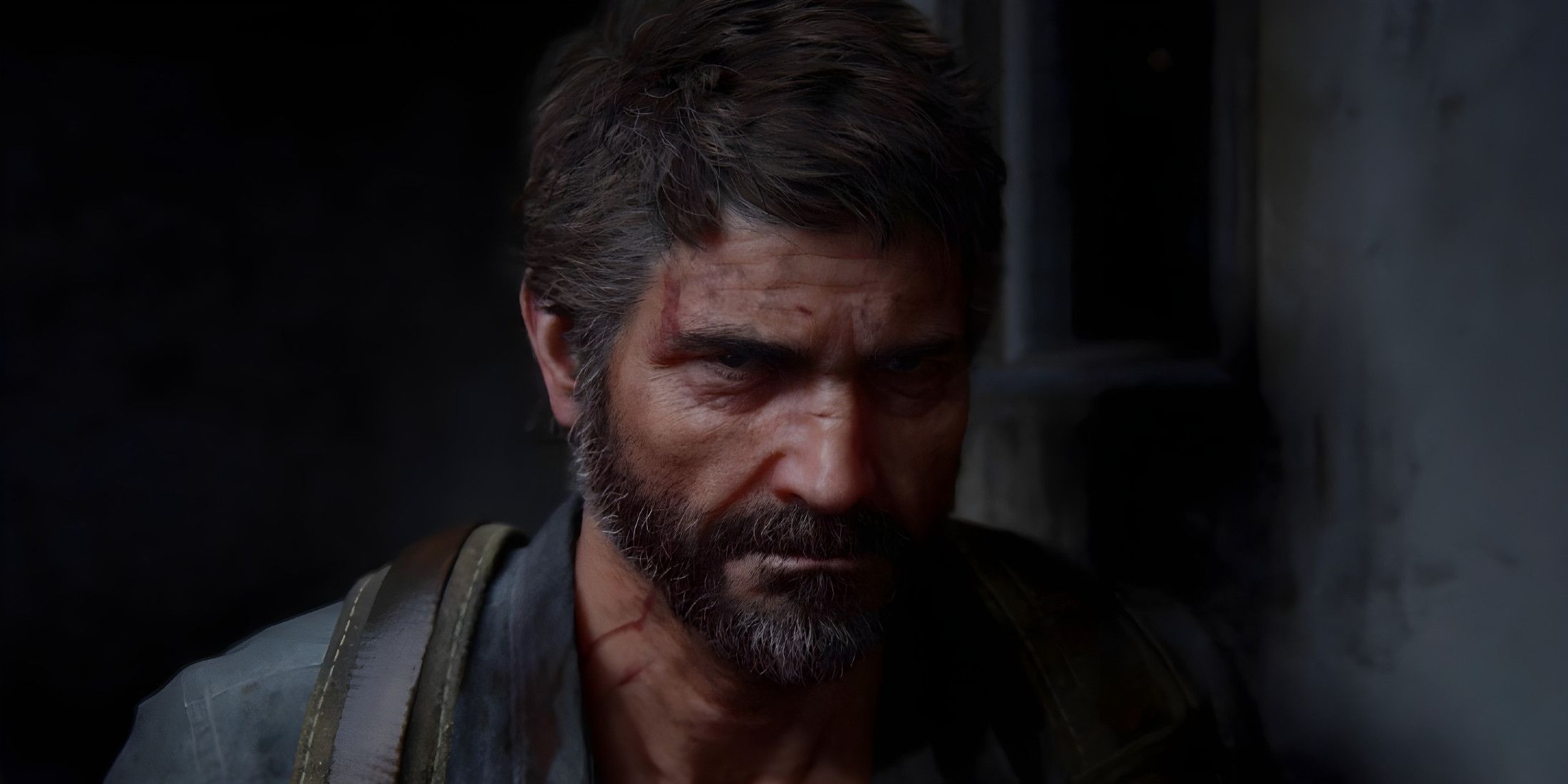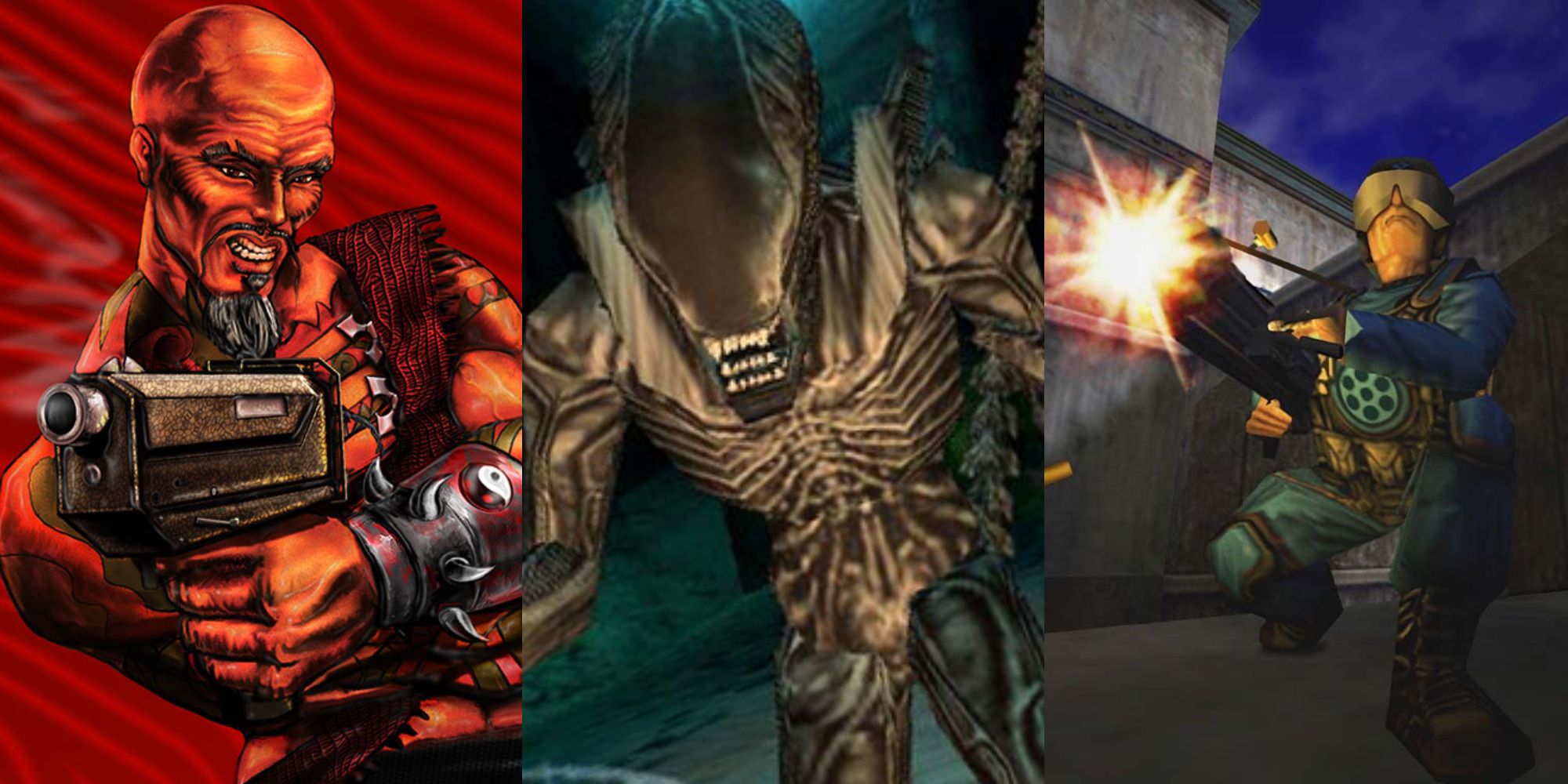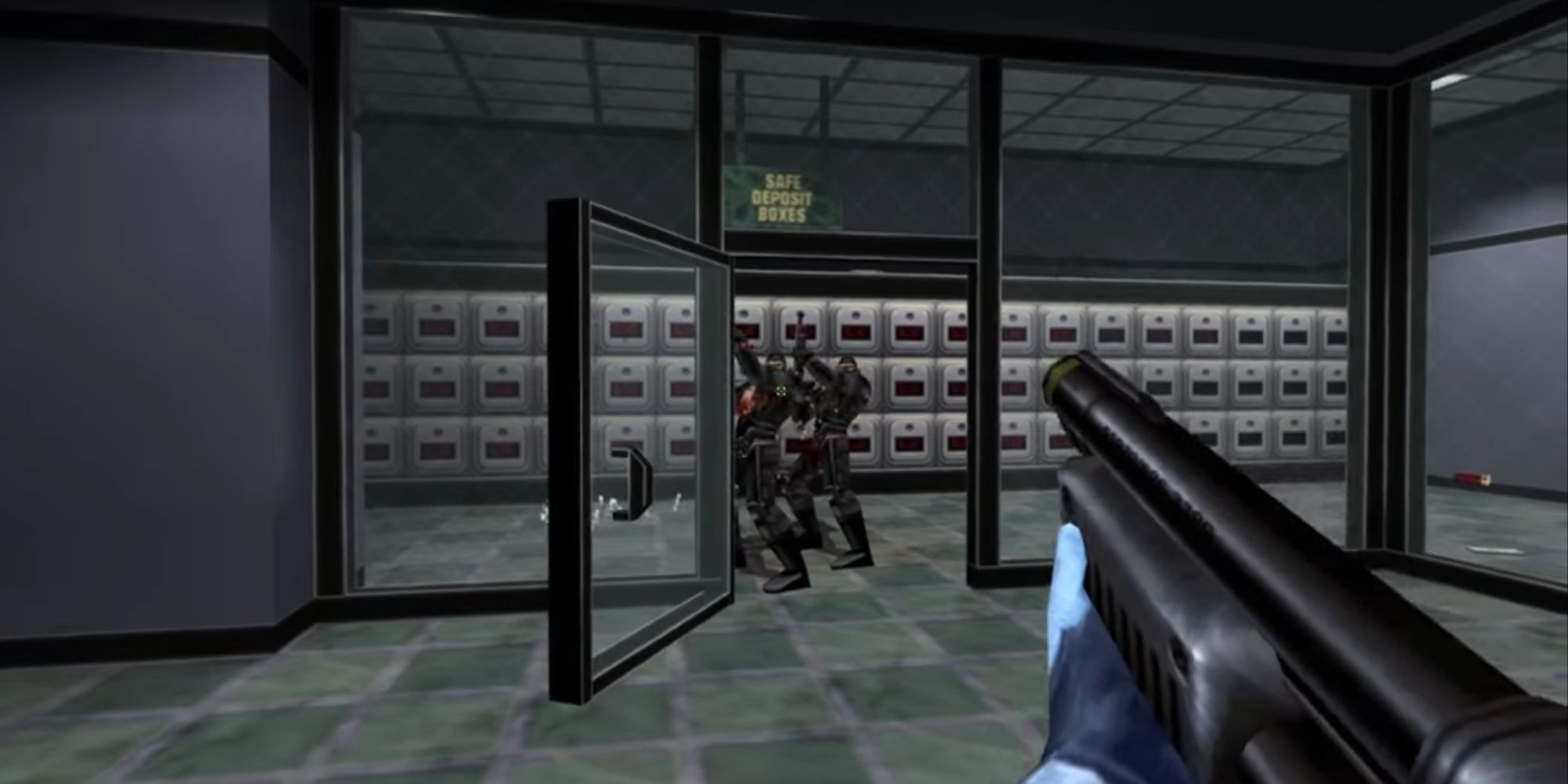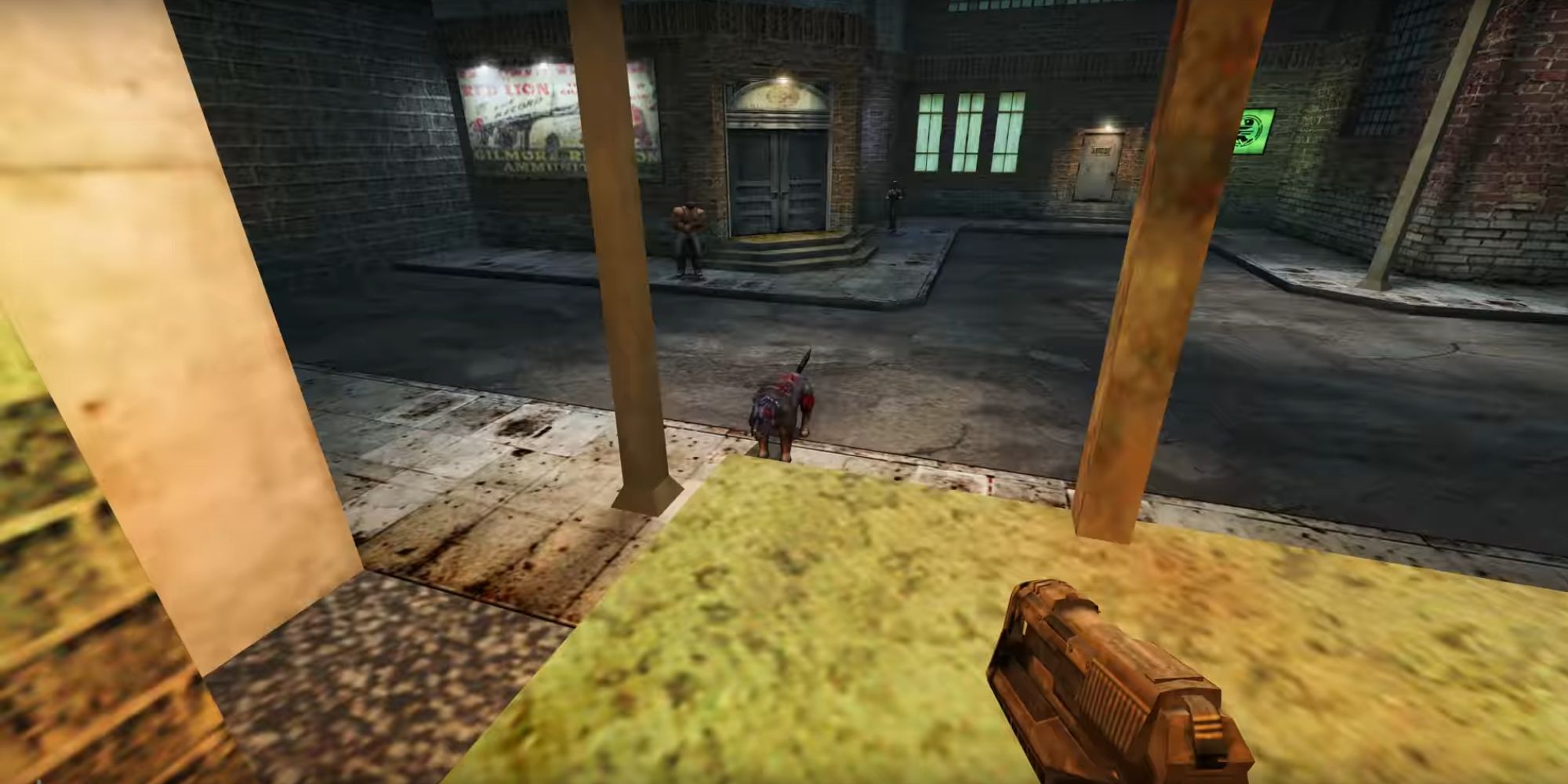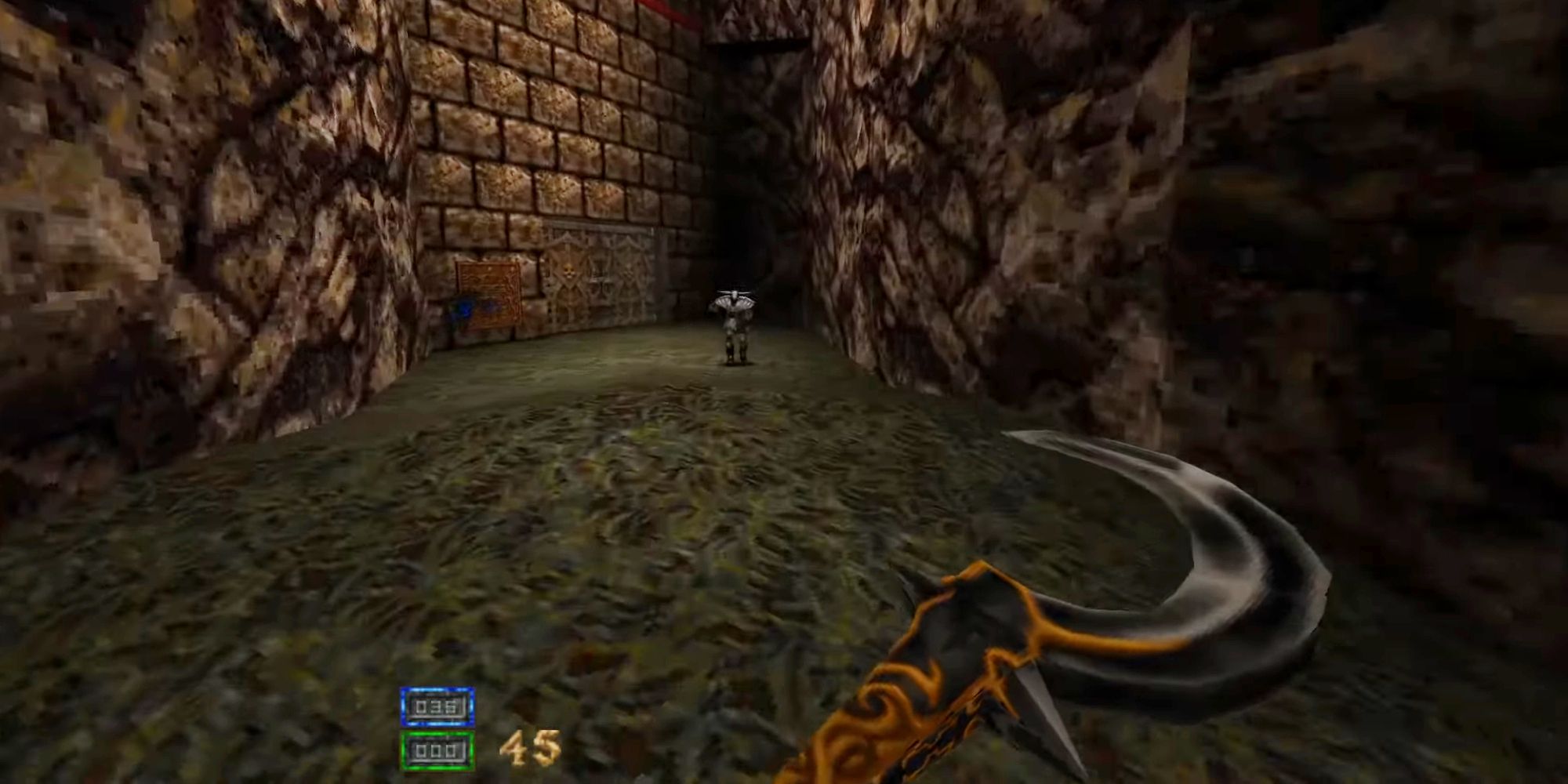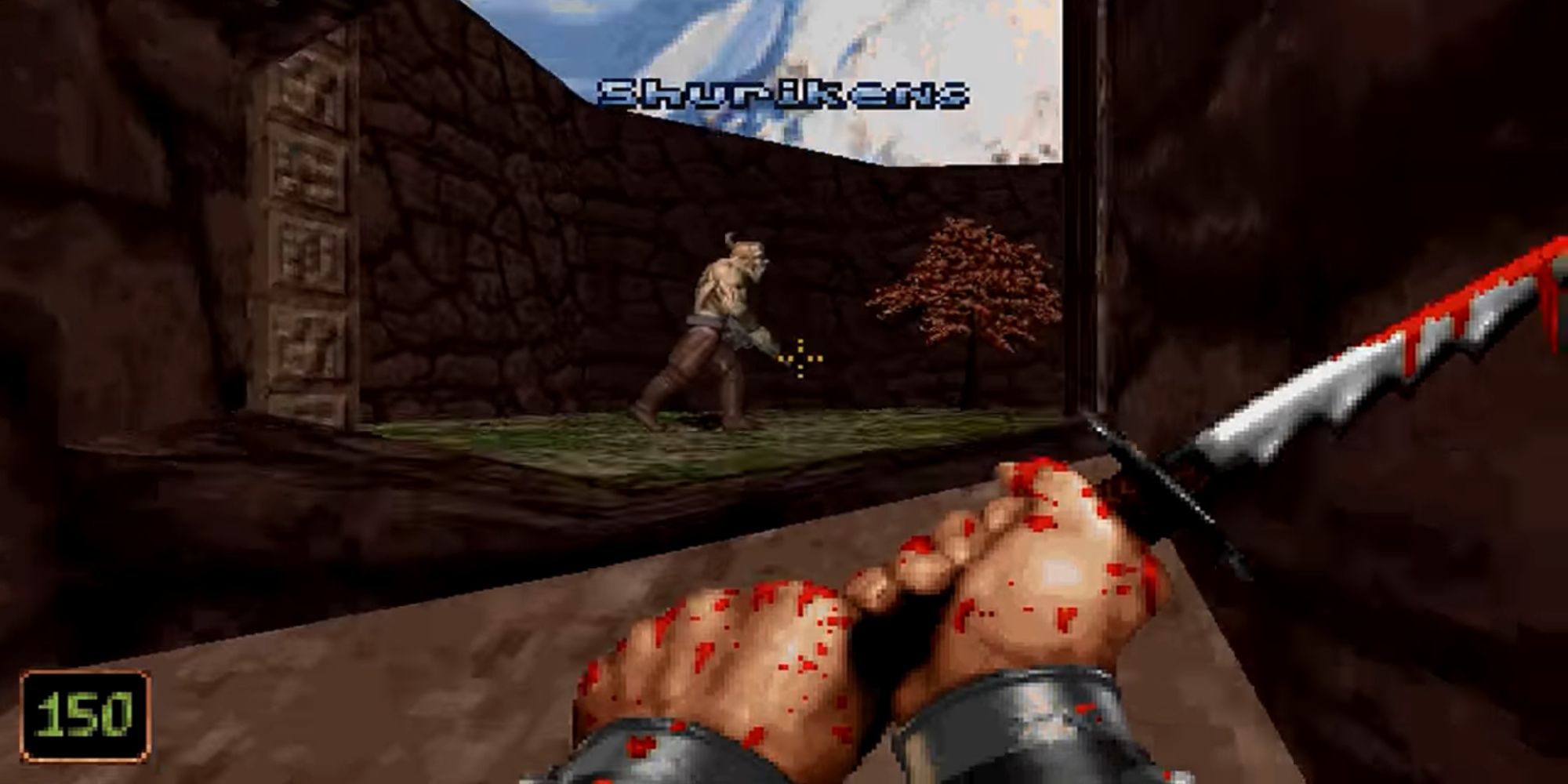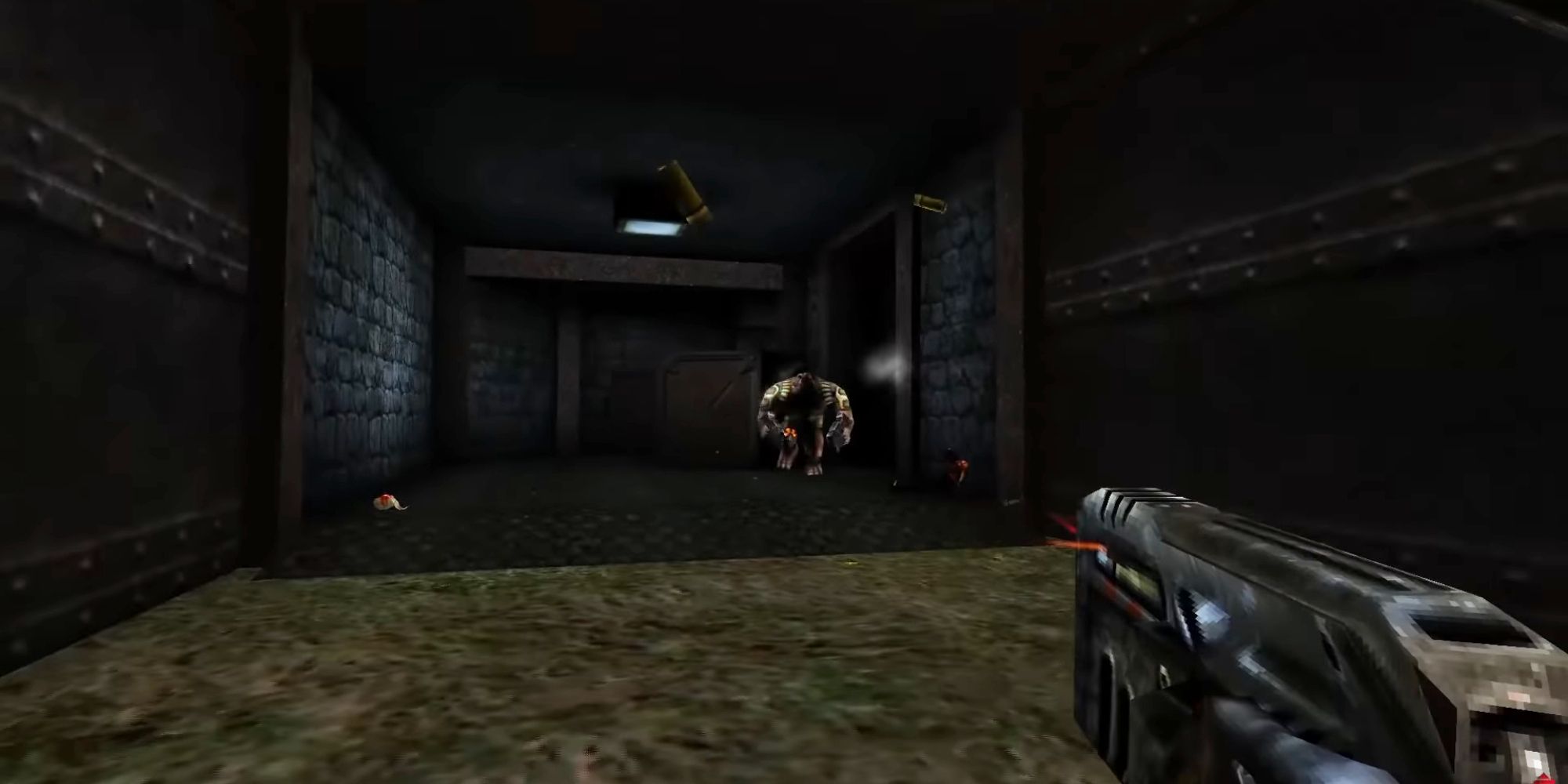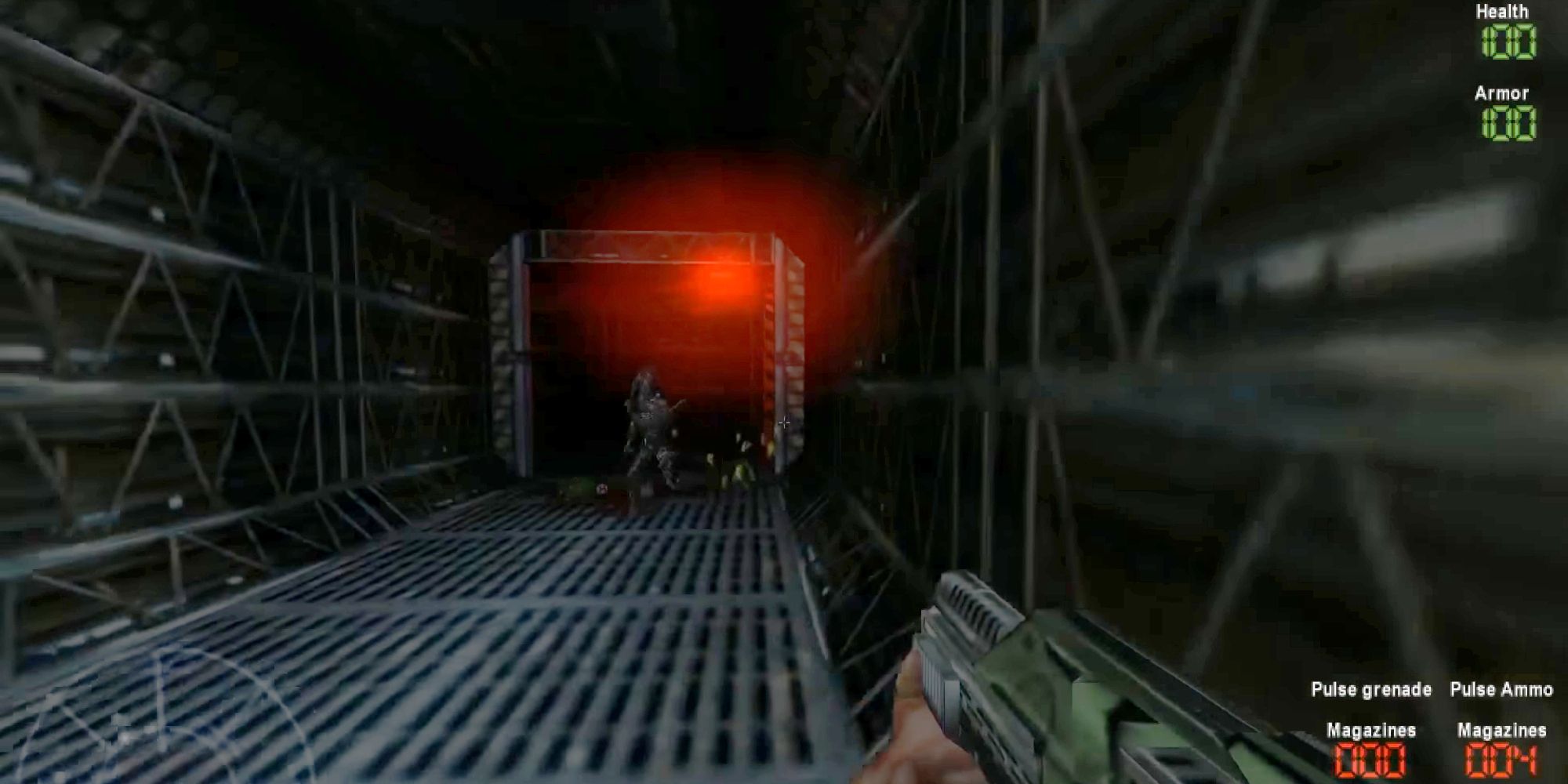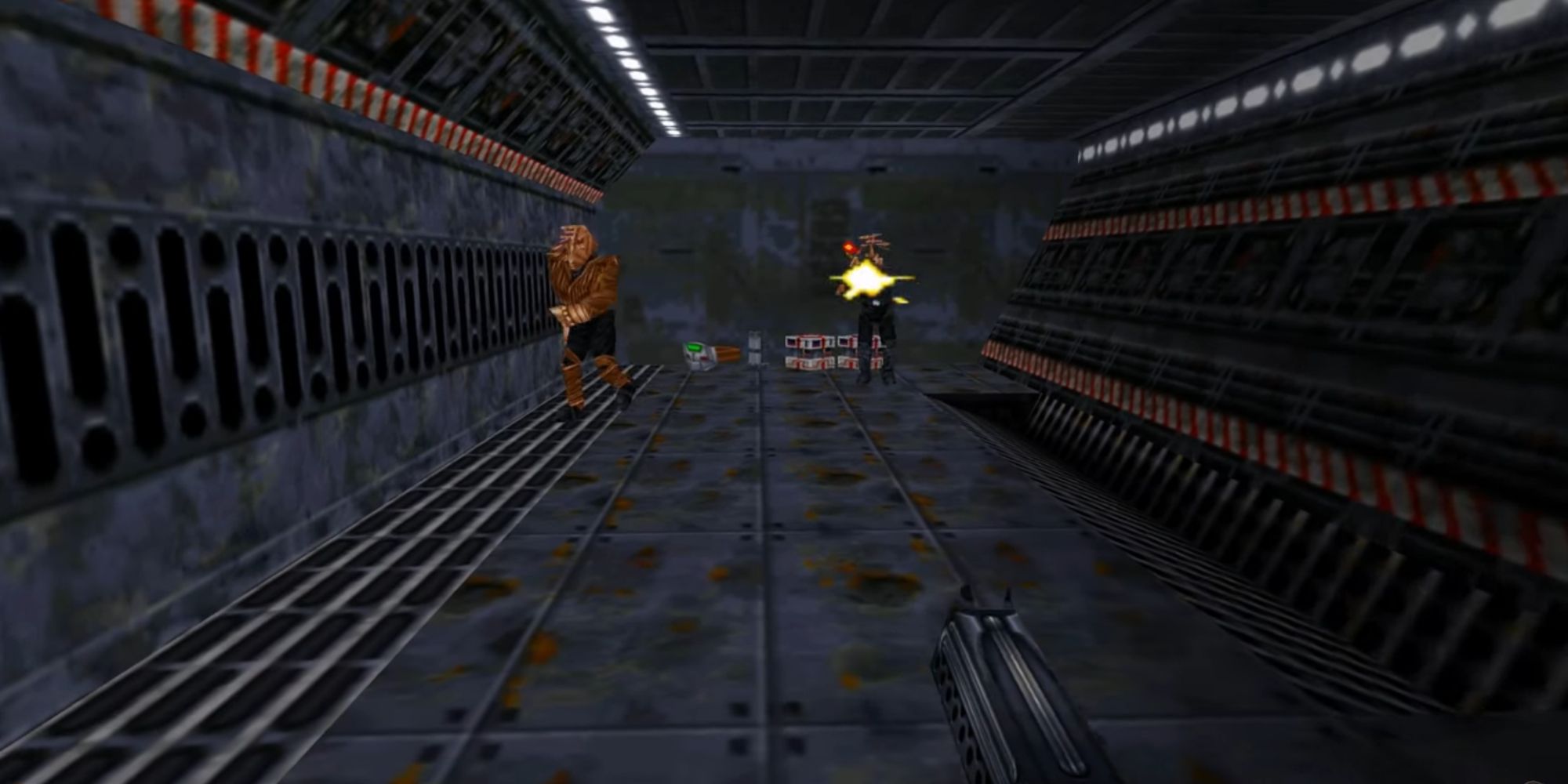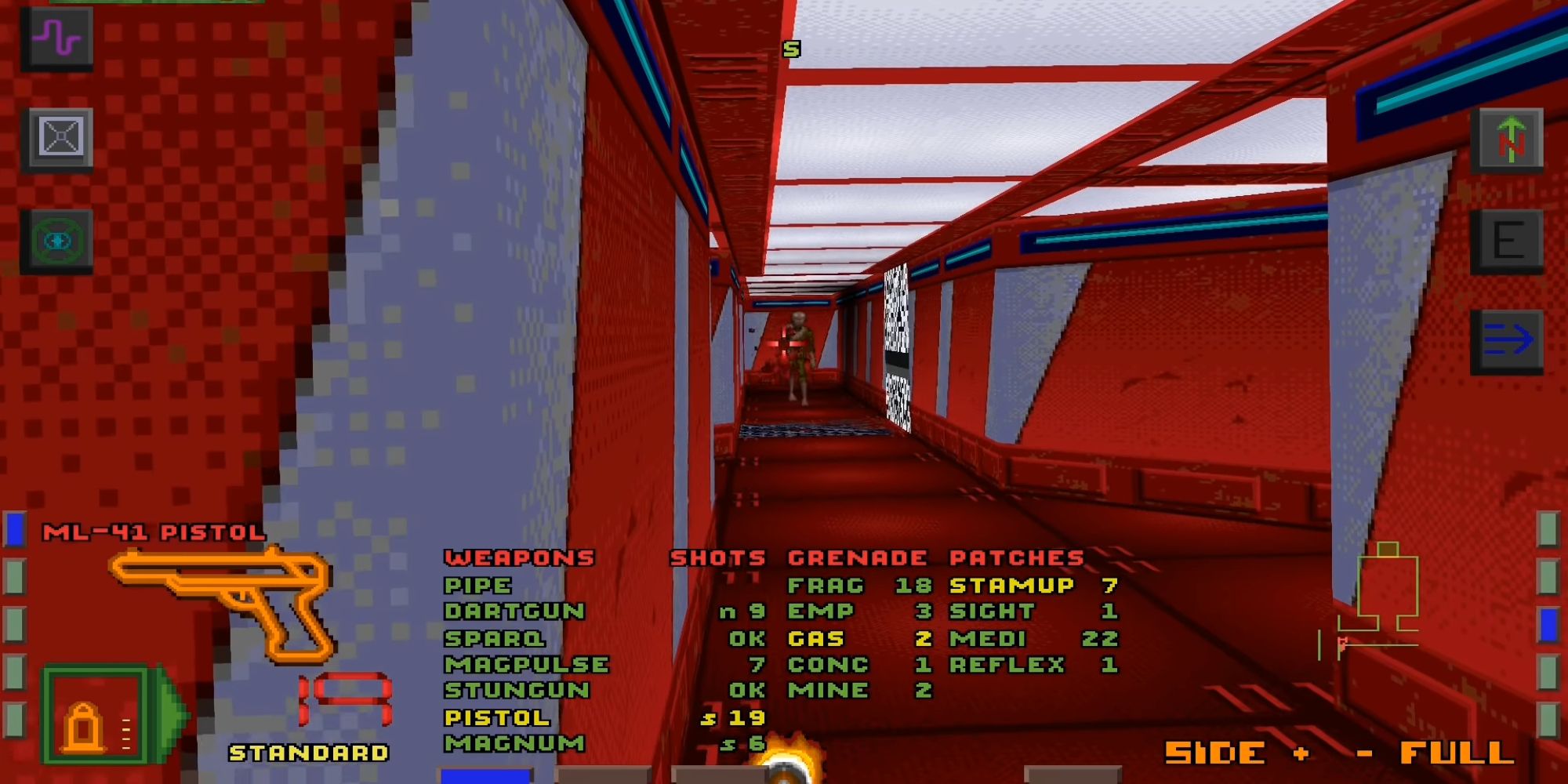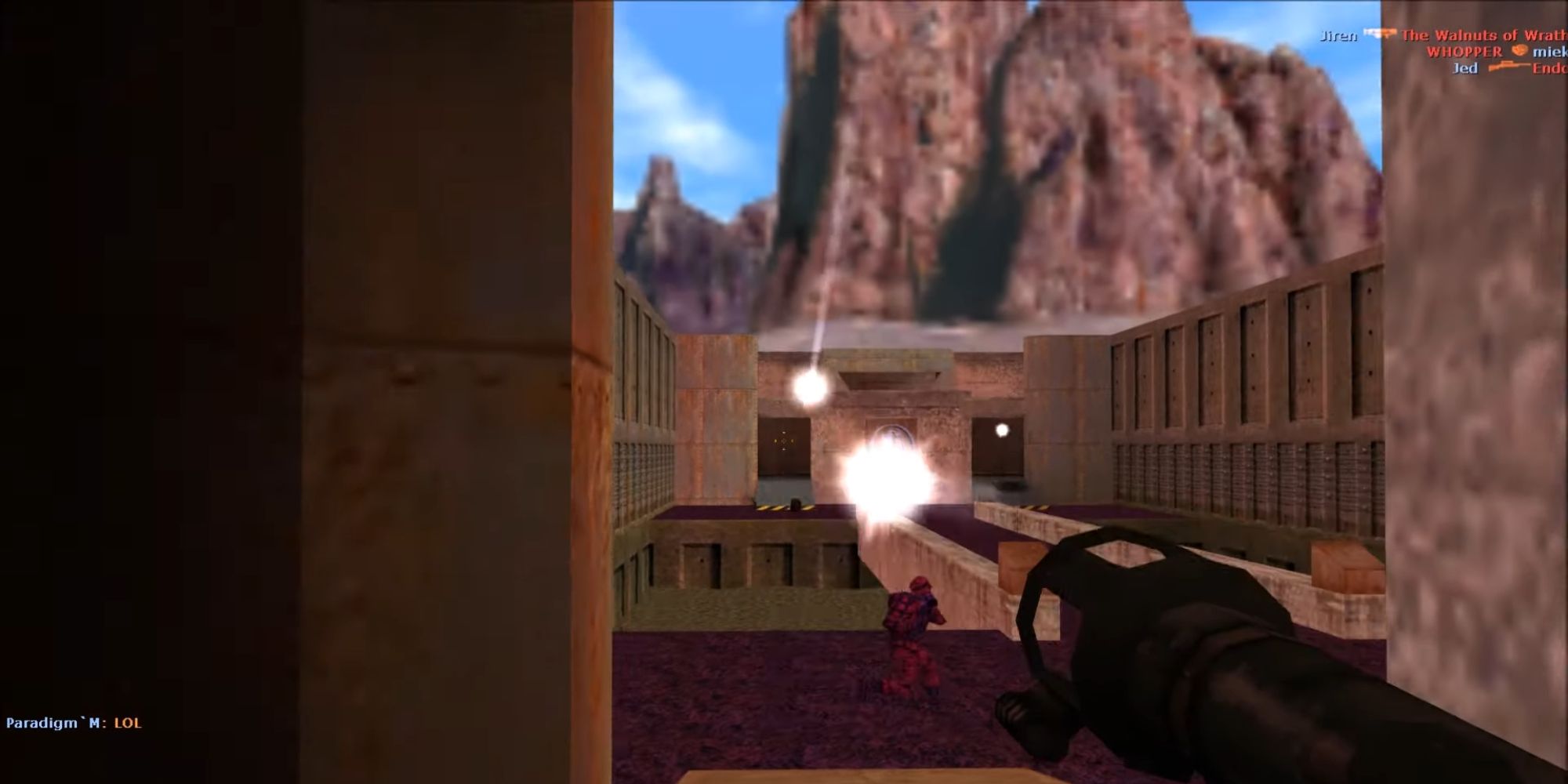The 1990s saw an explosion in first-person shooter titles. Inspired by id Software’s big three – Doom, Quake, Wolfenstein 3D – developers knew they wanted to get in on the action with their own titles, and this surge of imitators swiftly grew into a genre that remains popular to this day.
With a few exceptions like Goldeneye or Disruptor, most of these 90s shooters began their life on PCs, but unlike Doom which has since been released on everything, there are several titles that never saw a port to a console and remain locked to PC. Despite this, many of these exclusive titles are still worth revisiting today.
10 SiN (1998)
While Quake and its sequel are ineligible for this list, especially as they were recently re-released for every modern console, there are a couple of games built on Quake II’s engine that never got the same port treatment.
SiN is a dystopian sci-fi shooter, set in a futuristic megacity, where the player is a security officer trying to tackle the rise of a new recreational drug. SiN was also ambitious and brought many new features to the genre, such as the ability to disarm enemies, branching levels, and a system that allowed enemies and the player to take damage to specific parts of the body.
9 Kingpin: Life Of Crime (1999)
While a lot of FPS games from the 90s took place in sci-fi environments, maybe with a sprinkling of fantasy here and there, Kingpin took the genre somewhere different. Taking inspirations from Pulp Fiction and blending them with 1930s art deco visuals and a soundtrack by rap group Cypress Hill, Kingpin was a gangster movie turned into a game.
While attracting controversy due to its release close to the Columbine Massacre, Kingpin nonetheless found an audience due to its gritty setting, excellent level design and shocking story beats.
8 Hexen 2 (1997)
While the original Hexen got a release on all the major fifth generation systems, its sequel never saw a port. A dark fantasy FPS, Hexen II lets the player choose between four unique classes – the paladin, the crusader, the necromancer and the assassin – and then unleashes them on four themed environments to take down the final Serpent Rider enslaving the world.
Hexen II utilised an experience system that strengthen the players health and mana as they progressed, some brutally hard puzzles, and a range of environments and weapons that pushed the Quake engine to its limits with some impressive level design and texture work.
7 Blood (1997)
Using Duke Nukem 3D’s Build Engine, Blood took a different direction to that game. Full of gruesome horror aesthetics and a storyline revolving around occult themes, Blood starred an early 20th century gunslinger battling dark gods.
Blood played a lot like Doom but added a grim gothic visual style and the ability to use secondary attack modes on all its weapons, which included dynamite, an aerosol can flamethrower and a voodoo doll. All of this plus its brutal difficulty made it a cult classic and one of the major Build Engine titles.
6 Shadow Warrior (1997)
Taking the cheesy sense of humor (and engine) of Duke Nukem 3D and giving it an Asian aesthetic, Shadow Warrior was a fun and over-the-top romp. It was also ambitious, bringing advancements such as vehicles, ladder climbing and turrets to the genre. It also features a final boss fight against a mecha samurai, just to illustrate how goofy it got.
It’s a game that persists to this day. The rights to Shadow Warrior now belong to Devolver Digital, who rebooted the franchise in 2013, and this year saw the release of Shadow Warrior 3, the second sequel to that reboot.
5 Unreal (1998)
Epic Games are known today as the publisher behind the juggernaut that is Fortnite and for their PC storefront. They’re also well known for the Unreal Engine, an industry-spanning engine currently on its fifth version and confirmed to be the basis of many upcoming games.
That engine gets its name from Unreal, the FPS that it was originally built for. The player takes on the role of a prisoner whose transport ship crash-lands on an alien planet full of mysterious ruins and installations, all populated by the violent alien race, the Skaarj. While Unreal would only get one sequel, its popularity did spawn the Unreal Tournament franchise and Epic’s first forays into live service gaming, so it remains an important title.
4 Aliens Versus Predator (1999)
There have been many Alien games released across various platforms, including other FPS games in the 90s that did get console releases, such as Alien Trilogy or the tie-in game for Alien Resurrection. Aliens Versus Predator is up among the best of the series, but only ever saw release on PC and Mac.
Aliens Versus Predator offered up three separate campaigns, allowing the player to be the titular Alien or Predator, as well as the option to be a Colonial Marine. It was praised for its inventive mechanics that differentiated the three campaigns and its tense, spooky atmosphere. Worth a revisit now with an upcoming release schedule full of sci-fi horror games.
3 Star Wars: Jedi Knight: Dark Forces 2 (1997)
While its predecessor, Star Wars: Dark Forces, saw a release on the original PlayStation, Jedi Knight stuck to Windows exclusively. Set after the original movie trilogy, players take control of Kyle Katarn, a mercenary for the New Republic.
Three major aspects made Jedi Knight stand out above its predecessor. The first was a multiplayer mode, allowing LAN-based competitive battles. The second was the introduction of Force powers, up to and including the ability to wield a lightsaber. Finally, the game features a branching story depending on whether Kyle follows the Light or Dark Side of The Force, allowing for different endings.
2 System Shock (1994)
It's not entirely accurate to simply call System Shock a shooter. The player is a hacker on a space station, going up against the murderous AI SHODAN, and while the game uses a first-person combat system similar to many shooters, a number of additions elevated it to something much more.
Using mechanics from the team’s previous work on the Ultima Underworld games and a non-linear approach to level design, System Shock was a ground-breaking game in many ways, and would help define the immersive sim genre, directly inspiring the likes of Thief, Bioshock and Dishonored. The game remains a beloved title, which is why a remake is currently in the works ready to introduce System Shock to a new audience.
1 Team Fortress Classic (1999)
Originally developed as a mod for Quake, Team Fortress became a full game under Valve to help promote the Half-Life development kit. A team-based shooter with different player classes, all with different unique abilities, Team Fortress Classic would go on to become one of the most popular and critically acclaimed shooters of 1999.
This critical acclaim would lead to a sequel. Originally bundled as part of The Orange Box alongside Half-Life 2: Episode Two and the now-classic puzzle game Portal, Team Fortress 2 still has players today as Valve keeps the PC version regularly updated.

